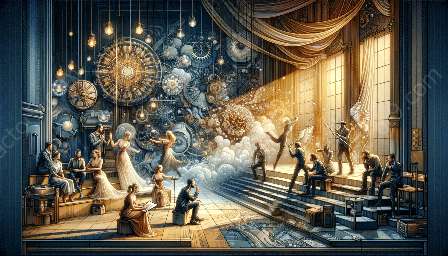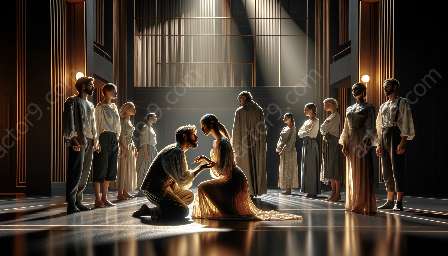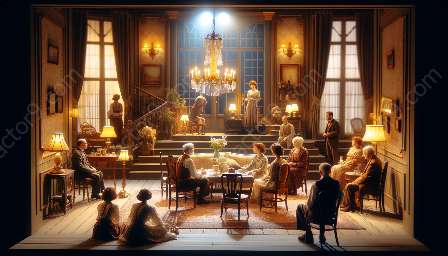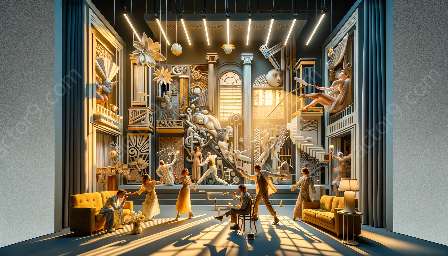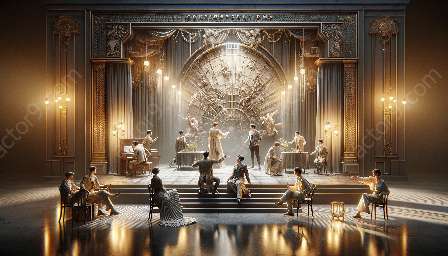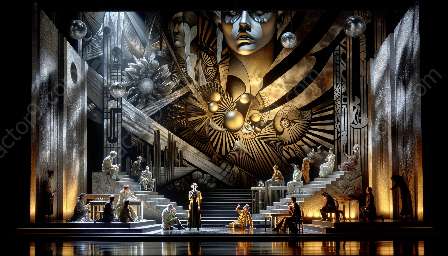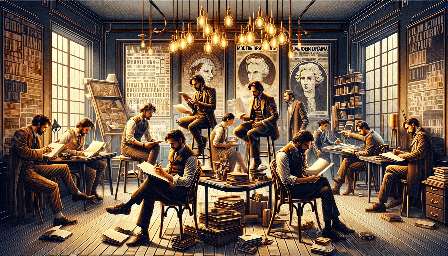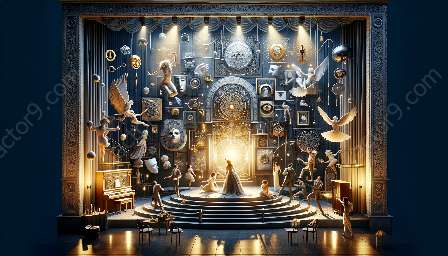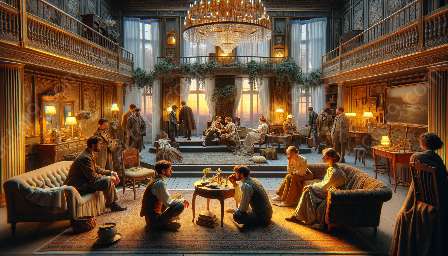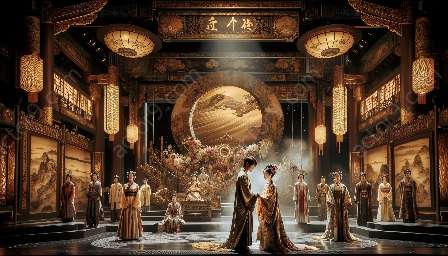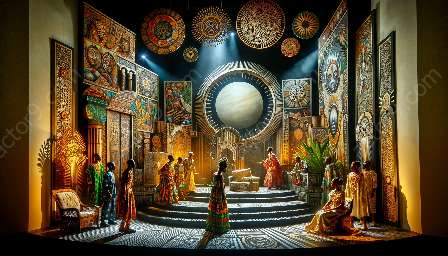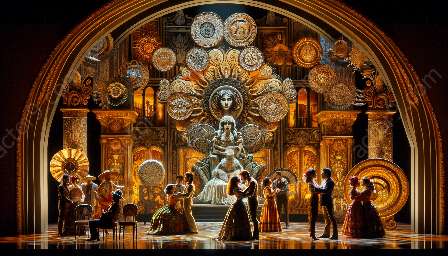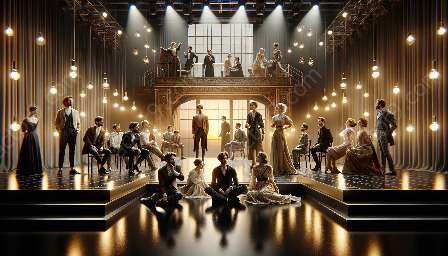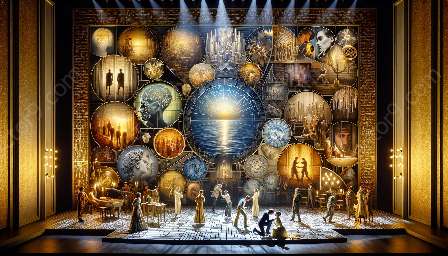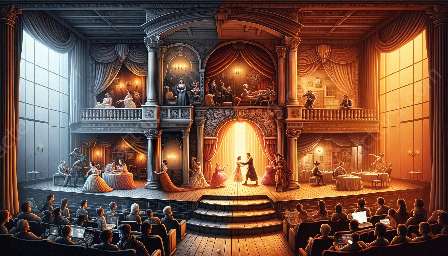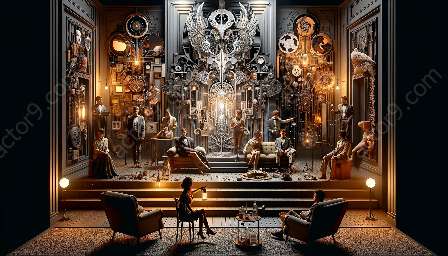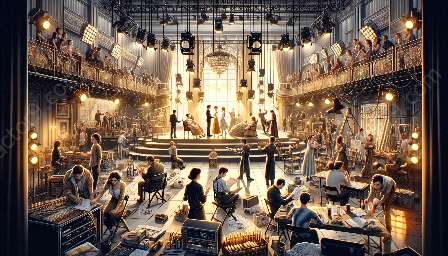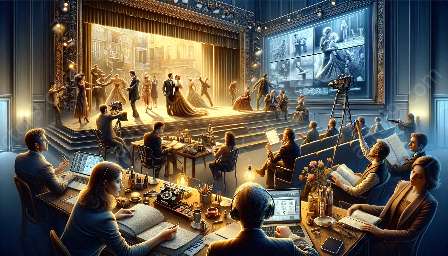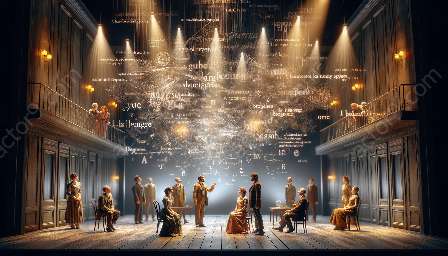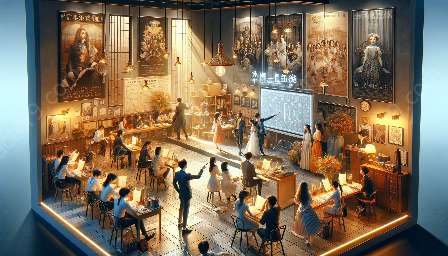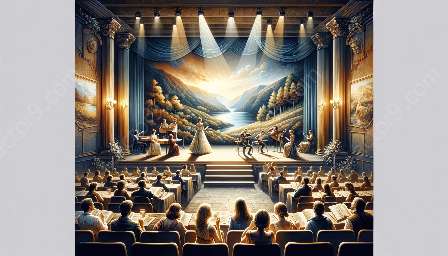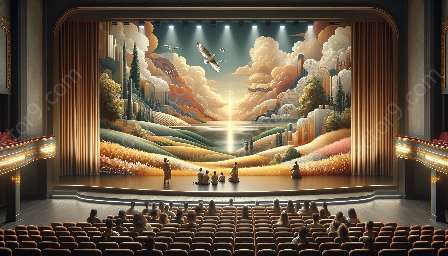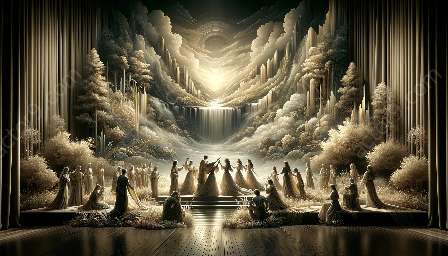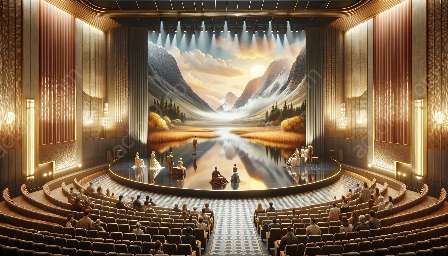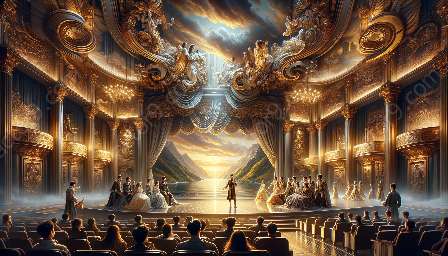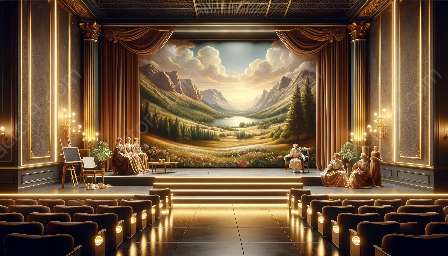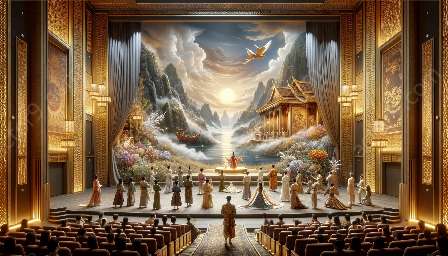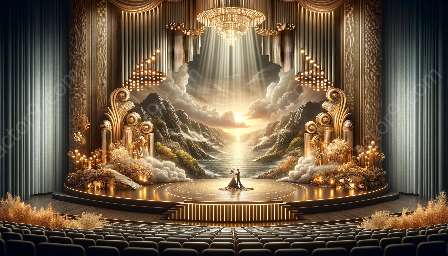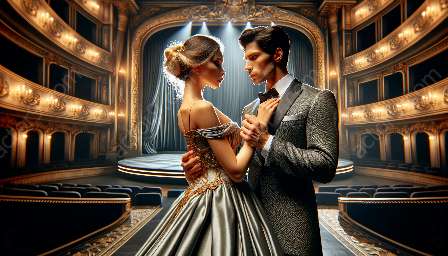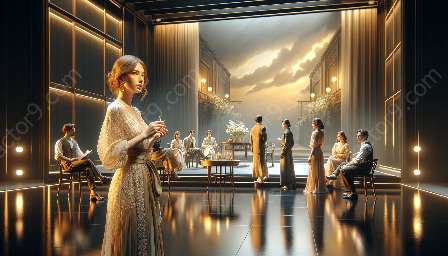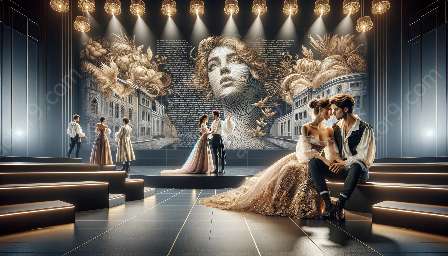Postmodernism and performance art have revolutionized the way we view and engage with theatrical productions. In this article, we will explore the dynamic and transformative role of the actor in postmodern performance, and examine its connection to postmodern and modern drama.
The Evolution of Postmodern Drama
Postmodern drama emerged as a response to the conventions and constraints of modern drama. Characterized by a rejection of linear narratives and a deconstruction of traditional forms, postmodern drama challenged the boundaries of theatrical expression. This movement sought to dismantle established norms and question the nature of reality, identity, and representation.
The Postmodern Actor
Within the realm of postmodern performance, the role of the actor undergoes a profound evolution. Unlike the traditional portrayal of characters in modern drama, postmodern actors are often tasked with embodying multiple identities, blurring the boundaries between reality and fiction. The postmodern actor operates within a complex framework of intertextuality, pastiche, and cultural references, navigating the intricacies of fragmented narratives and non-linear storytelling.
Moreover, the postmodern actor is challenged to deconstruct and reconstruct notions of character, embracing a fluid and hybrid approach to performance. This demands a heightened awareness of physicality, vocal modulation, and improvisational skills, as postmodern performances often intersect with various art forms such as dance, multimedia, and live music.
Interplay between Postmodern and Modern Drama
The role of the actor in postmodern performance is intricately linked to the evolution of modern drama. While modern drama emphasized psychological depth and a coherent narrative structure, postmodernism shatters these conventions, ushering in a new era of experimentation and innovation.
Despite their differences, the interplay between postmodern and modern drama is evident in the continuum of actor training and techniques. The postmodern actor draws upon the legacy of modern drama while subverting its conventions, integrating elements of physical theater, absurdism, and improvisation. This fusion of influences creates a rich tapestry of performance styles, challenging actors to adapt to the kaleidoscopic nature of postmodern storytelling.
Challenges and Opportunities
Engaging with the role of the actor in postmodern performance presents both challenges and opportunities. The fluidity and unpredictability of postmodern narratives require actors to embrace ambiguity and cultivate a versatile skill set. Furthermore, the collaborative nature of postmodern performance fosters a dynamic relationship between actors, directors, and audiences, promoting a sense of immediacy and co-creation.
On the other hand, the fragmentation and non-linearity of postmodern storytelling demand a high degree of adaptability and mental agility from actors. Navigating the ever-shifting landscape of postmodern performance necessitates a willingness to embrace risk, spontaneity, and creative innovation.
Conclusion
The role of the actor in postmodern performance is a multifaceted and transformative journey, intertwining the realms of reality and representation. By deconstructing established norms and embracing a polyphonic approach to storytelling, postmodern actors redefine the boundaries of theatrical expression, embodying the ethos of postmodernism within the performative space.


